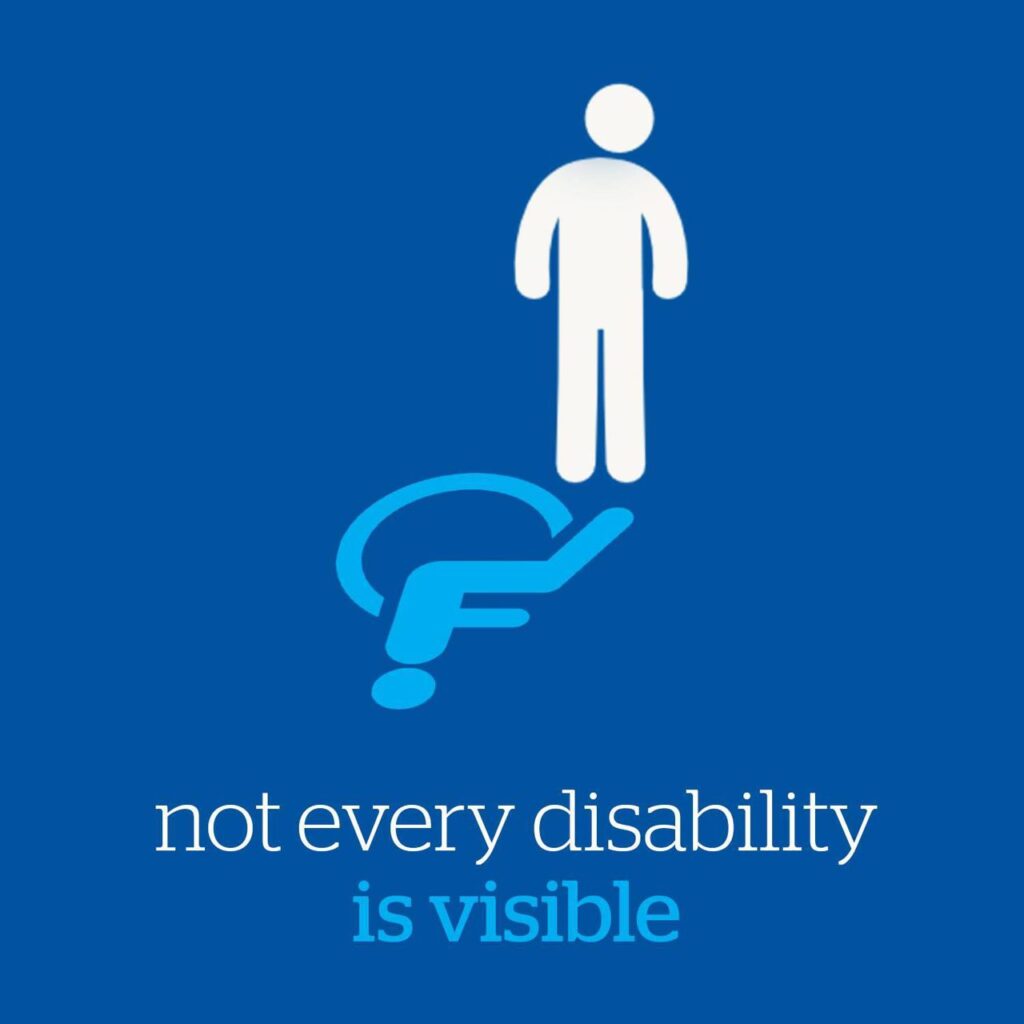
How can 15 per cent of the world’s population be counted as a minority when it numbers one billion? Yet people with disabilities do fit minority classification due to routine denial of equal access to society and services. We are often excluded from the built-environment, education, employment, health care, transportation, et al.
For three decades, the United Nations has highlighted global disability inequities with the annual observance of the International Day of Persons with Disabilities (IDPD) on December 3rd. The goal is to promote understanding of disability issues and mobilize support for the dignity, rights and well-being of persons with disabilities.
Want to subscribe to receive blog updates sign up today!
This resolve was strengthened in 2006 when the United Nations Convention on the Rights of Persons with Disabilities (CRPD) recognized accessibility and inclusion of persons with disabilities as fundamental rights.
The 2022 IDPD theme of “transformative solutions for inclusive development recognizes the role innovation plays in fueling an accessible and equitable world.” Some organizations have narrowed the scope of this year’s theme to the vast majority of disabilities that are hidden, such as: chronic fatigue, diabetes, hearing loss, learning difficulties, mental health disorders, speech impairments, low vision. Their “Not All Disabilities are Visible” slogan brought to mind the Hidden Disabilities Sunflower global program which has recently emerged as an innovative way to include people in public places that need additional support, help or a little more time.
The Sunflower program began in 2016 at the United Kingdom’s Gatwick Airport as a way to support travelers with hidden disabilities. Travelers wearing a green lanyard with a yellow sunflower send a subtle signal to staff self-identifying as someone who may need assistance. Staff are trained to (1) provide clarifying instructions, (2) keep family members together, (3) read departure boards, (4) give more time to prepare at check-in and security, (5) find a place to sit and rest, or (6) deliver whatever else is needed.
By 2018, the Sunflower program spread to all major UK airports and rail providers. It also expanded to anywhere people meet, such as: banks, charities, entertainment and sports venues, hospitals, insurance companies, retail establishments, universities, schools and colleges, and the like.
Global recognition began in 2019 with the opening of the Hidden Disabilities Sunflower online store and sharing on Facebook. In early 2020, the program expanded to other international venues and is now available at airports in 24 countries, including: Australia, Canada, Denmark, Italy, Japan, the Netherlands, New Zealand, Peru, the UK and the United States.
My reservation about the program is how the Sunflower lanyard tags the person as vulnerable and needy. On one hand, I question why a person with hidden disabilities should have to wear a special lanyard to get help. On the other hand, I understand that those of us with visible disabilities get offers of help without even asking. But is it inclusion if the person wearing a lanyard is set apart and made to feel different? What do you think?
Read more at:
- International Day of Persons with Disabilities (IDPD) 2022. Department of Economic and Social Affairs: Social Inclusion. United Nations. October 31, 2022. https://www.un.org/development/desa/dspd/2022/10/international-day-of-persons-with-disabilities-2022/
- Hidden Disabilities Sunflower. https://hiddendisabilitiesstore.com
- Angela Muir Van Etten. A voice for people with dwarfism and disability guided by faith and justice. https://angelamuirvanetten.com/blog/

One reply on “Global Inclusion of People with Hidden Disabilities”
As long as I can ask for help I don’t feel the need for a disabled lanyard. Thanks for addressing this issue.